
Indigenous Ground Truths
What is your climate story?
Climate Resilience Through Storytelling
Climate datasets illustrate how global temperatures are increasing and weather events are growing more extreme -- but data and statistics alone cannot tell the story of what it is like to experience these changes firsthand, which changes are meaningful, or how to best adapt. The Native Climate project at the Desert Research Institute supports climate adaptation efforts in Indigenous communities of the Southwest and Northern Plains regions by building new connections between Native wisdom and western scientific data. Through storytelling and information-sharing, we work to make climate data more accessible and useful to Tribes across the United States and to build awareness nationally about climate impacts and resilience on Native lands.
Climate Reporter Story Collection
Climate Reporters from the Native Climate project are talented Indigenous writers who explore climate change impacts and adaptation actions on the lands and communities in which they live. Through multimedia journalism, poetry, fiction writing, video, audio storytelling, and photography, Climate Reporters work to express the impacts of climate change on Native peoples and landscapes, highlight resilience actions, and help us understand the value of what is being lost in this rapidly warming world.
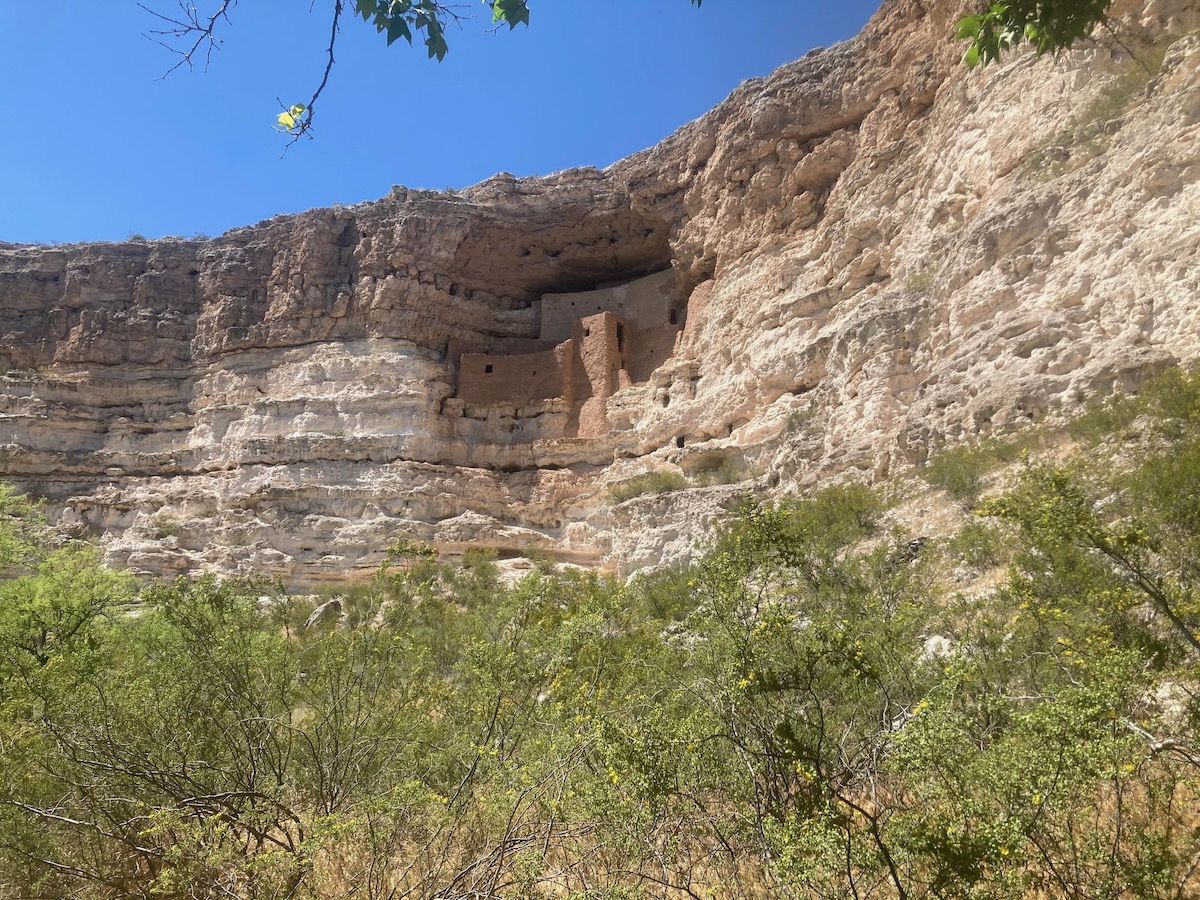
Explore their stories on the map below, or using the following QR code or link.

Restoring our relationship with hímu (willow) requires human interaction rather than protection

The Missouri River and Indigenous Placemaking
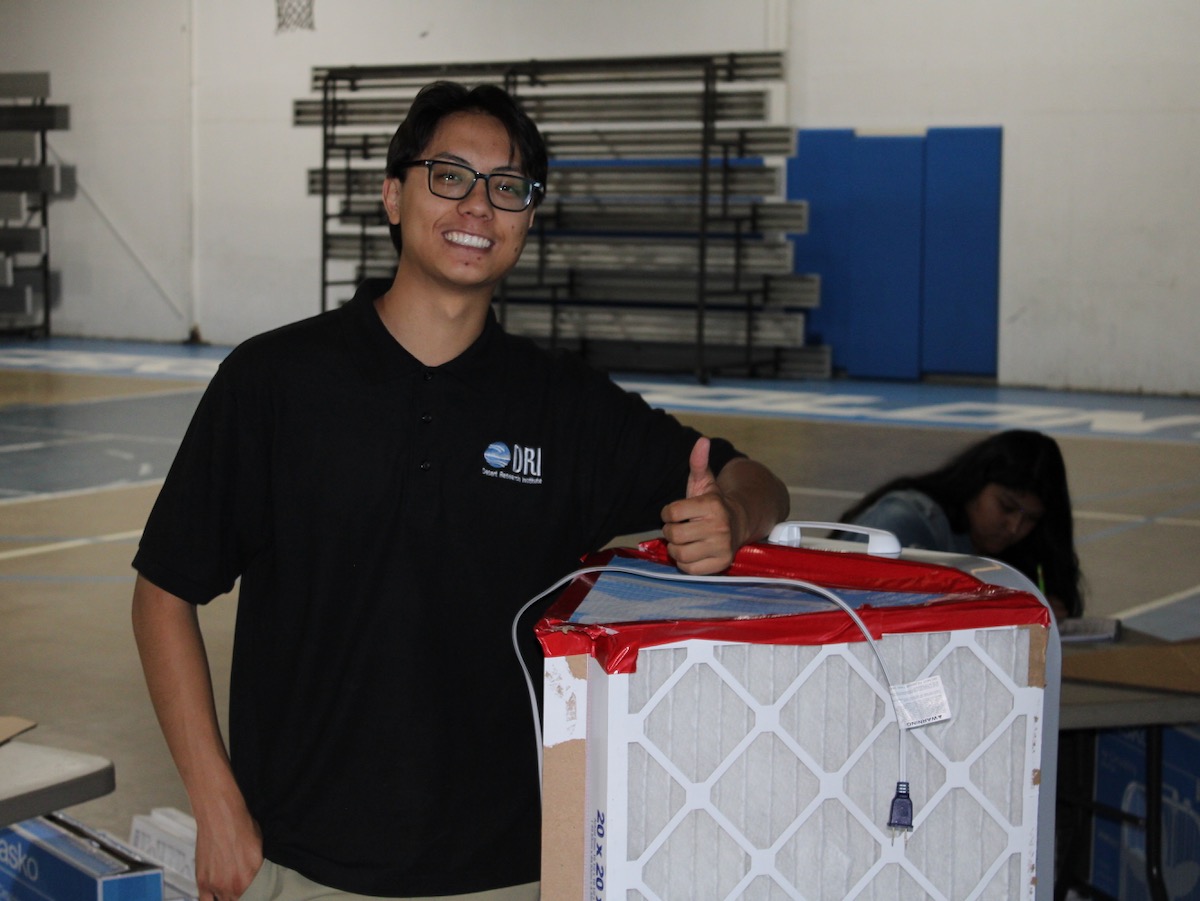
Estom Yumeka Maidu student teaches DIY air filtration techniques to help reservation communities during wildfire season
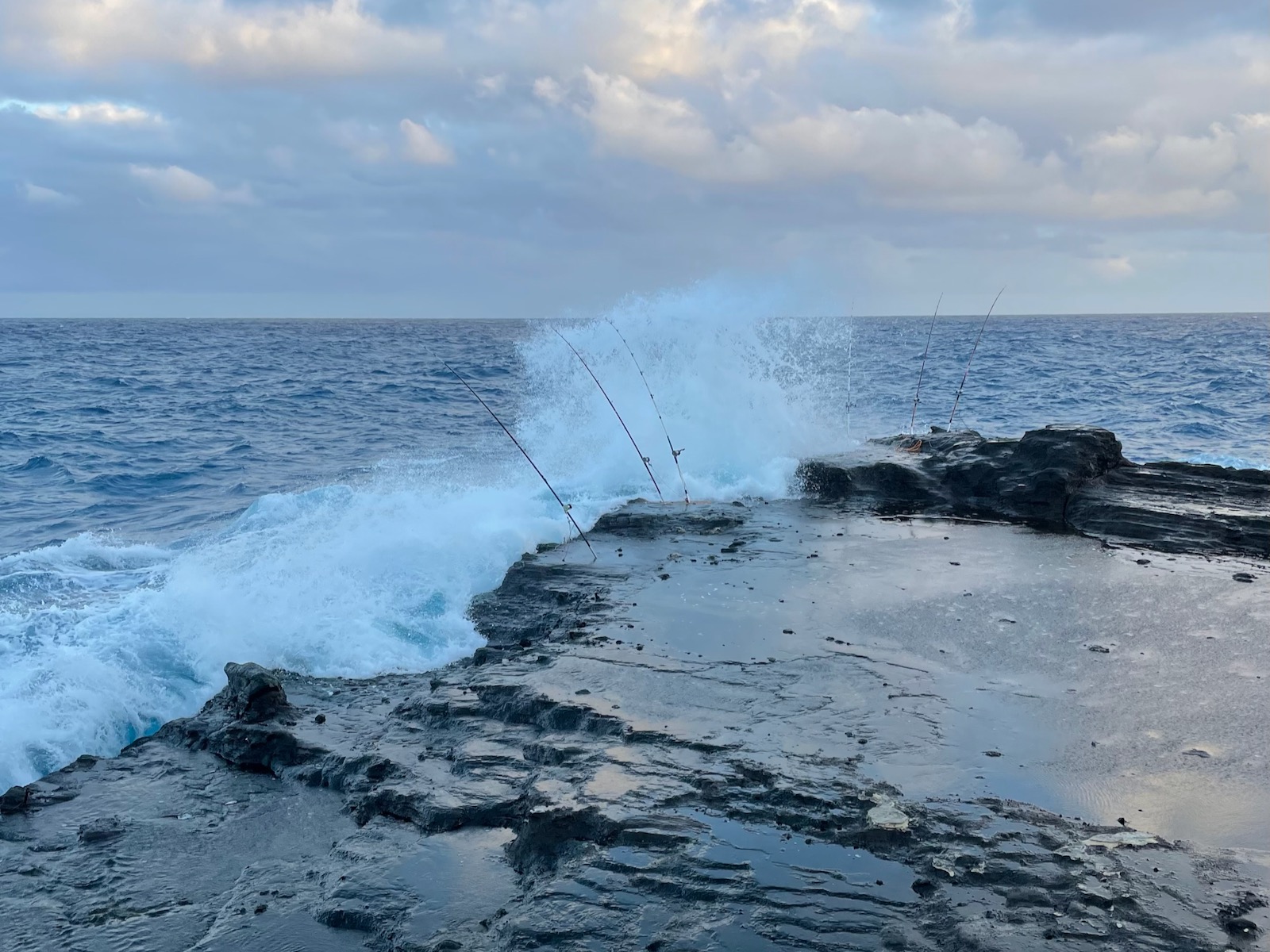
How Much More? A poem on sea level rise in Hawaii
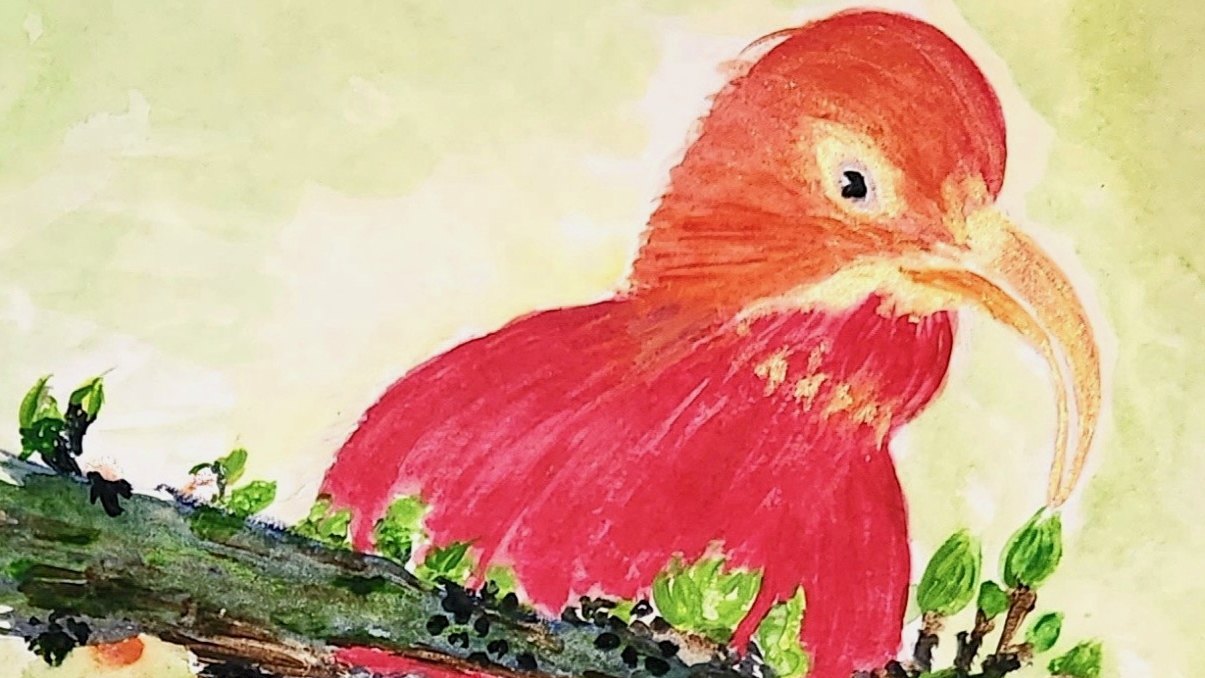
Seek Me, You Two, and Find Me

The Water Within Us
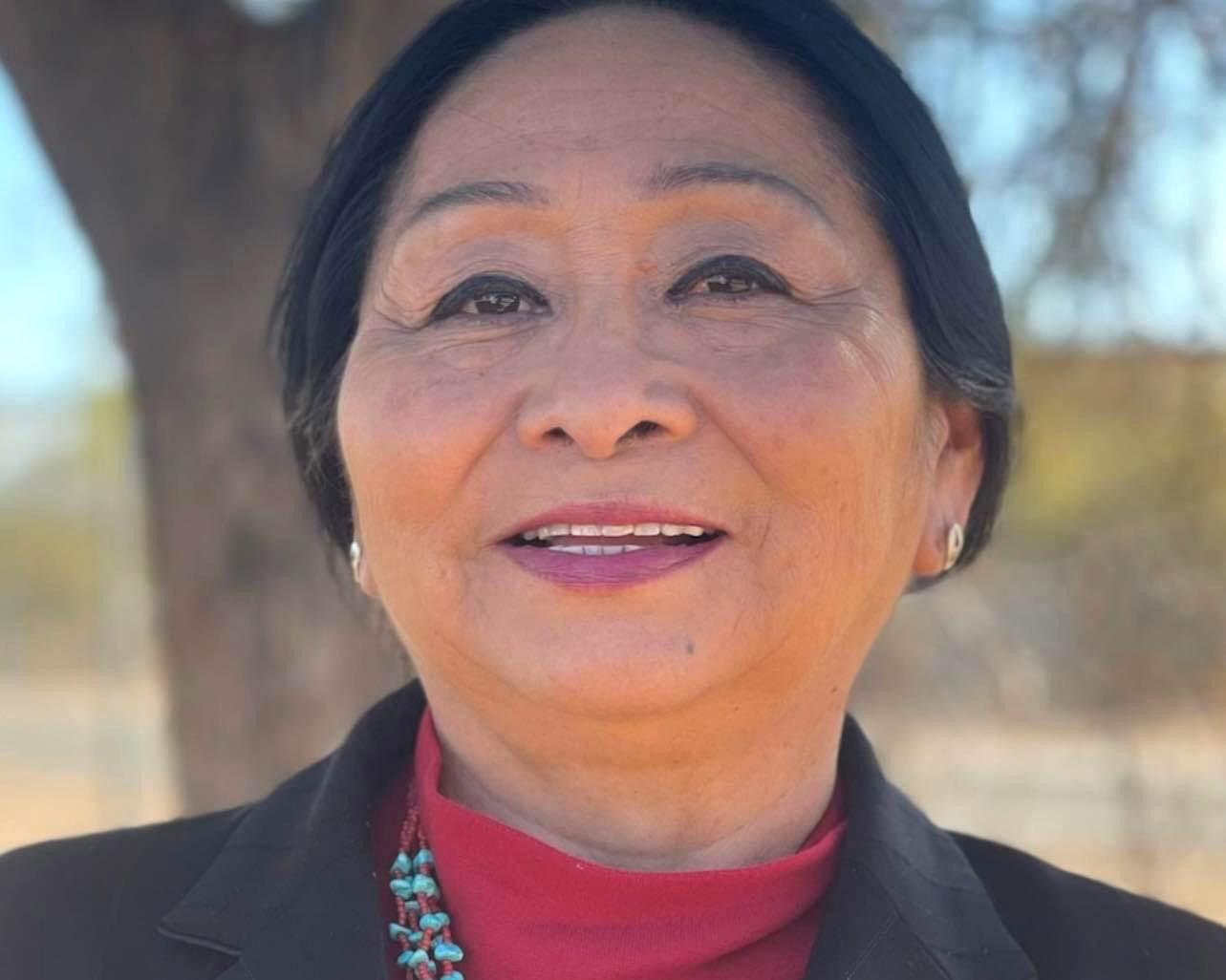
Climate & Ceremony on the Hopi Nation: An Interview With Nadine Manuel
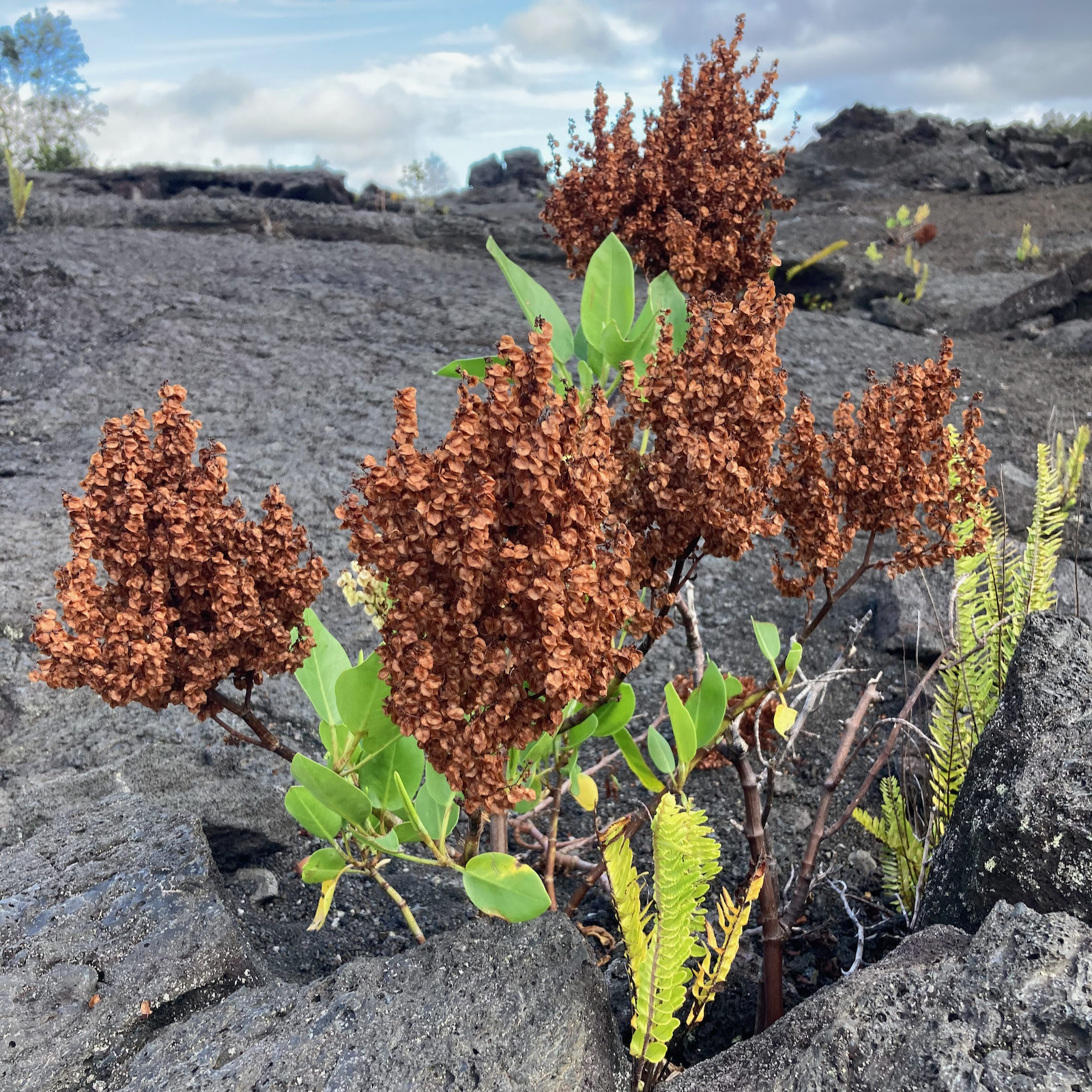
Trust The Rain
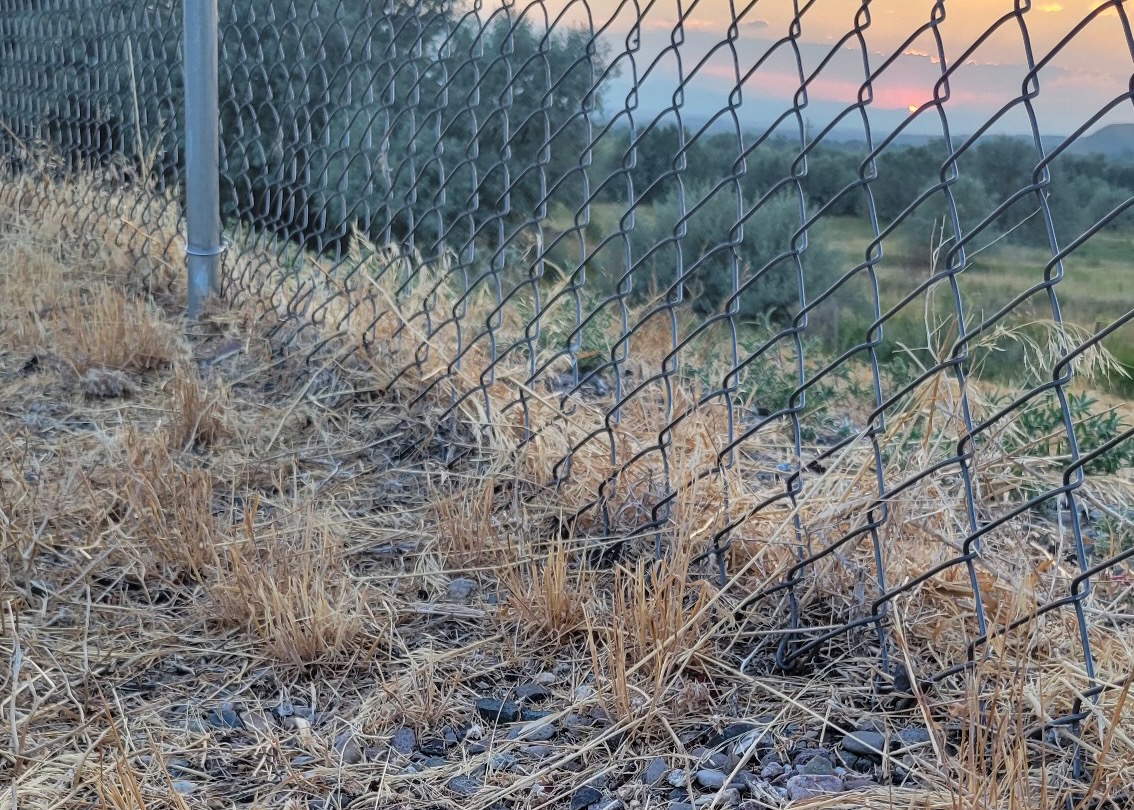
The Needles in my Path
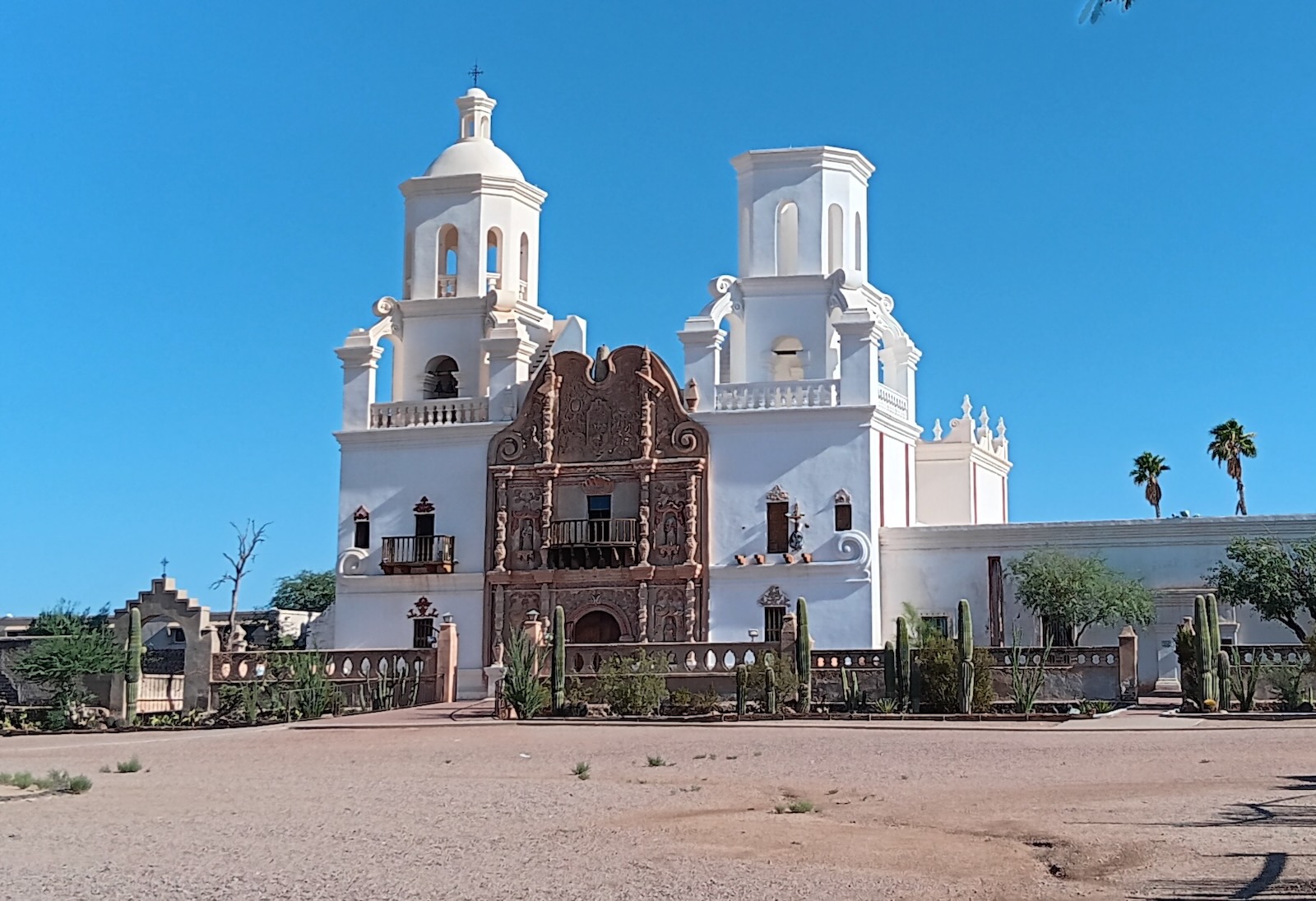
The Tohono O’odham Himdag: Challenging the Climate Science View on Indigenous Climate Impacts

Echoes of Water: The Santa Cruz River’s Legacy
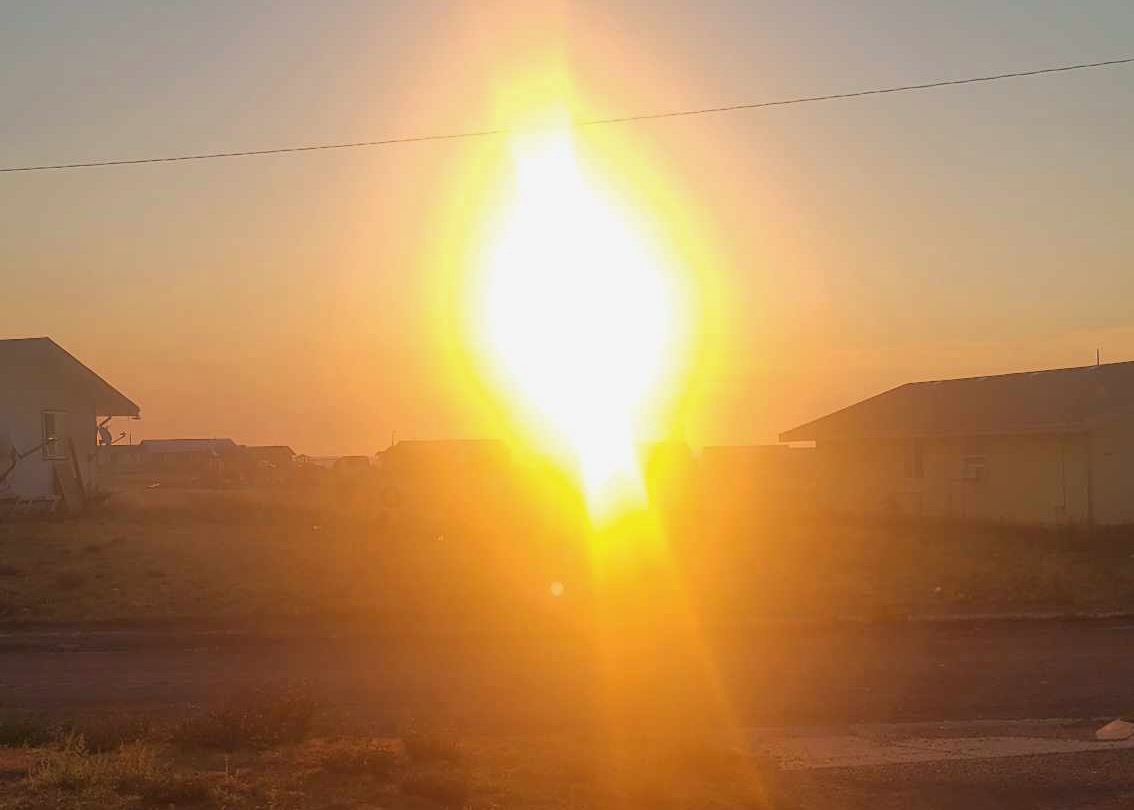
Renewal
Climate Projections For Your Region
What can we expect from our climate future and how can we prepare for the changes to come? Native Climate’s projections aim to prepare tribal communities for the changing conditions of coming years by providing data on probable weather conditions for the next century. We’ve compiled local projections for 633 tribally controlled areas in the United States including Alaska Native Villages and State Designated Tribal Areas, as well as climate divisions for the State of Hawai‘i. The data are based on the NASA Earth Exchange (NEX) Global Daily Downscaled Projections (GDDP) dataset (NEX-GDDP-CMIP6). These new projections are an update to the 2022 Native Climate Tribal College and University (TCU) projections , and use the latest version of the NEX-GDDP-CMIP6 dataset.
Native Climate CMIP6 Agricultural Climate Projections. Available: https://native-climate.com/projections/
NTICC Climate Stories
Native Climate wants to hear more about direct impacts in your communities and your responses to them. The map below holds accounts and experiences shared by participants at the 2024 National and Tribal Indigenous Climate Conference in Anchorage, Alaska. Click a point on the map below to read a story, or use our form to add your own story to this map!
Map showing location of climate change stories shared by NTICC participants.
Share Your Story
Do you have a story about climate change to share? Fill out our story submission form to add your story to the NTICC map.
Contact Us
If you have a climate change or climate adaptation story to share and would like to get in touch with one of our writers, please email Kelsey.Fitzgerald@dri.edu to connect with a member of our team!